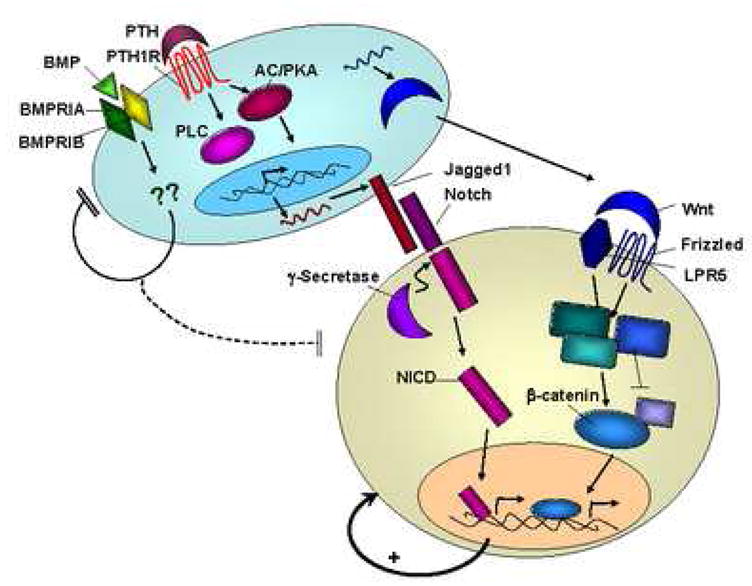Figure 1. Summary of the major signaling pathways involved in regulating self-renewal and differentiation of HSC.

PTH signaling through the PTH1R on osteoblasts (blue cell) acts via PKA and PLC to increase expression of the Notch ligand Jagged1, which can then interact with Notch receptors on HSC (tan cell). Notch signaling within the HSC causes cleavage of the Notch intracellular domain (NICD) which translocates to the nucleus and results in self-renewal of the HSC. Wnt proteins produced by osteoblasts interact with receptors on HSC such as Frizzled and LPR5 and also induce self-renewal via β-catenin. In contrast to these self-renewal signals, BMP signaling in osteoblasts is thought to indirectly inhibit proliferation of HSC by limiting the niche cells available to support HSC.
